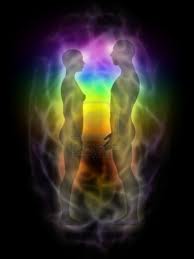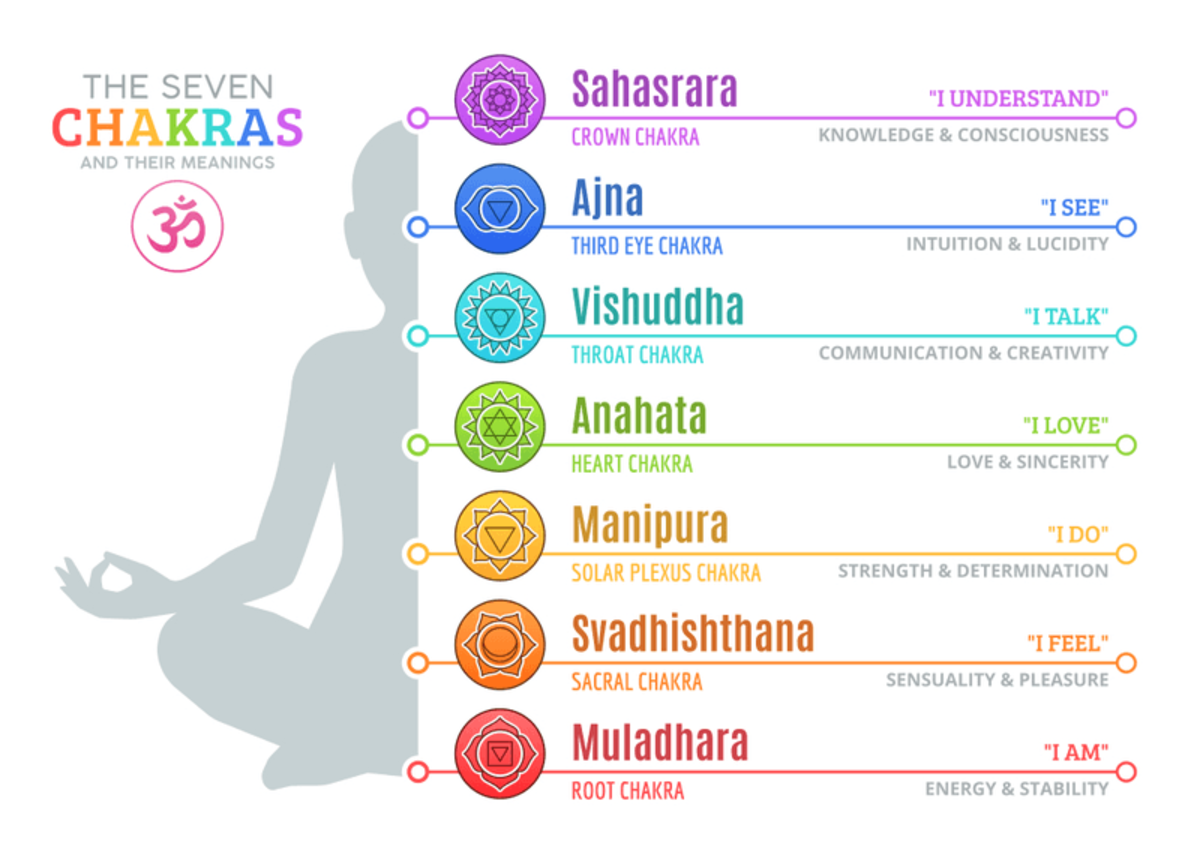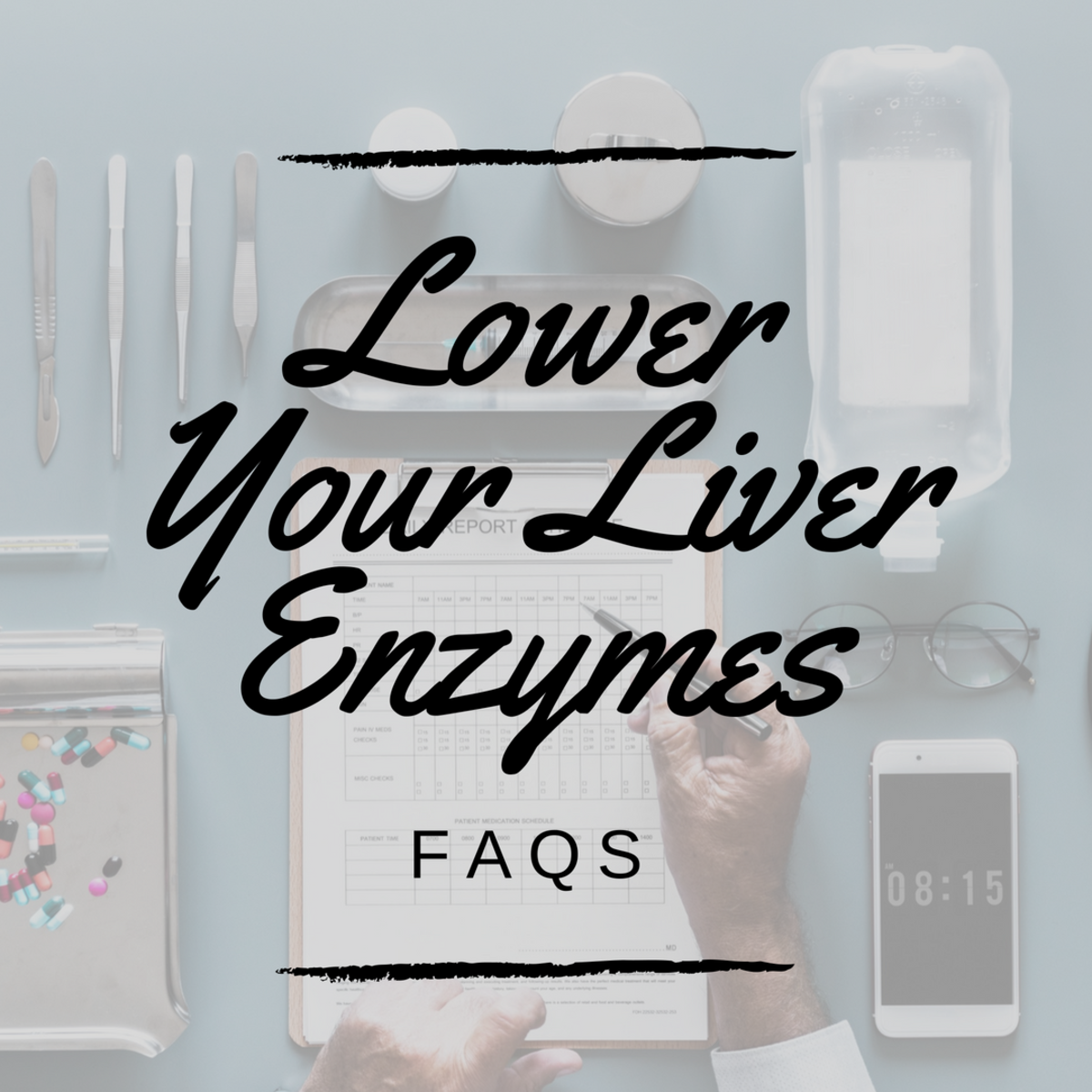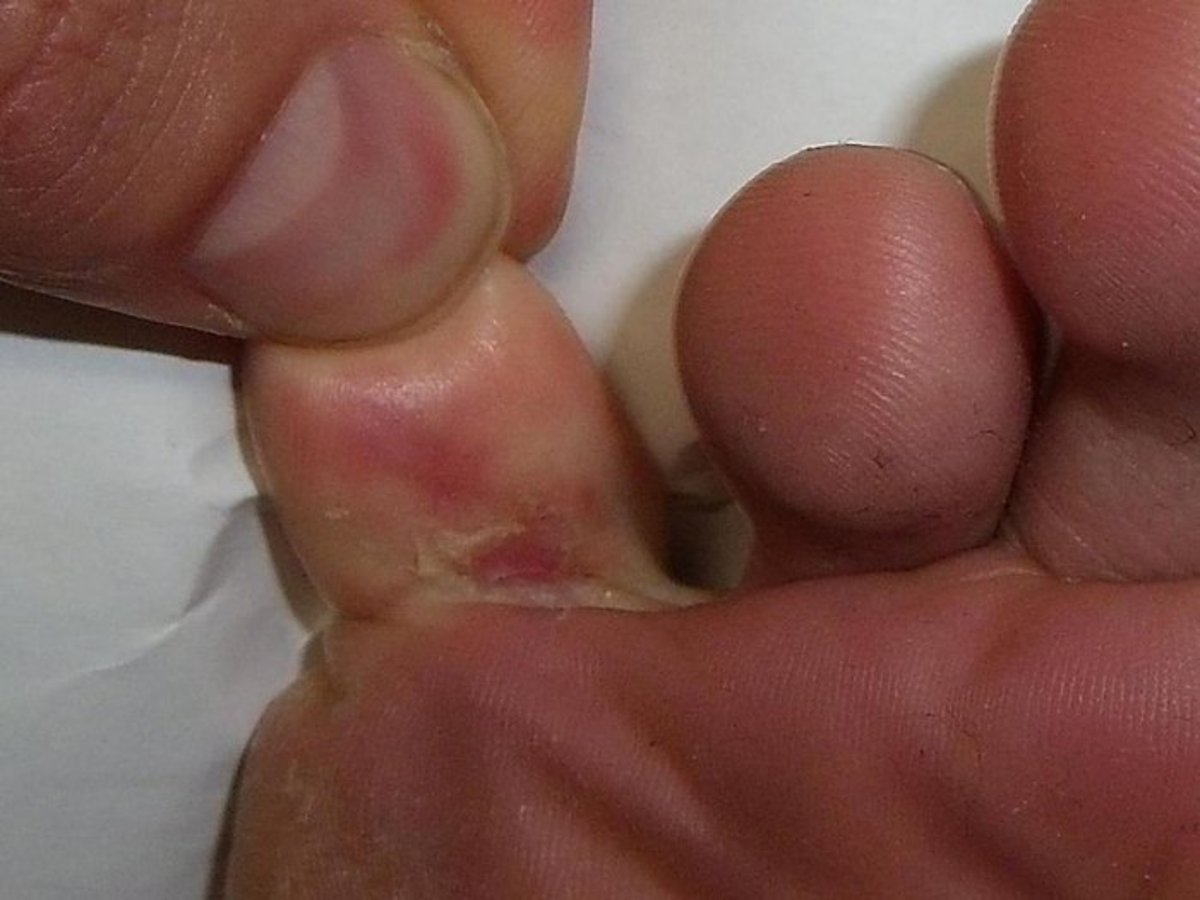Energetic vampirism: awareness and self-defence

Psychic Vampirism Books
I am sure many of us have a keen interest in working with ‘energy’, or rather an intuitive awareness of it. Personally, I believe everyone should have some basic training in Reiki or energy healing for the simple reason that being aware of subtle energies gives the individual a tool for maintaining health. I want to tackle, for this purpose, the subject of energetic or psychic vampirism.
It is easy to understand how a phenomenon such as psychic vampirism is also in the domain of the possible: one can energize the aura or deplete it. How, is the question? A walk in a forest and any relaxing activity such as meditation, for example, have the effect of energizing the aura and the ki. The experience of walking through a forest leaves the aura replenished: the effect on the body-mind system is that the individual feels happy, relaxed and more centered. Conversely there are situations that are perceived as draining. Commuting on a train packed with people, or the ‘city’: pollution, no green, noise. Some people are even experienced as draining. It doesn’t mean that these people are necessarily aggressive or unpleasant: yet it’s very common to have experienced a person that ‘drains’ energy. The effect may be an instant feeling of tiredness, a headache, breathing problems.
Vampirism, as said before, is not glamorous. Cinema, TV and literature may have romanticized and made the subject ‘cool’: the inner truth of the person who needs to suck energy to sustain their own is that they have an unhealthy energy system at the core, an unsustainable one fundamentally, and for many reasons. Aurically speaking, there is energy for everyone and there is in principle no need to ‘vampirise’ another human being: a connection to nature, the right lifestyle, a healthy emotional/mental/spiritual body when in balance are more than enough to sustain the person’s ‘ki’.
On the subject of ‘energetic vampirism’, there is a comprehensive university-based study by Joe H. Slate PhD, ‘Psychic Vampires’. This study is scientifically based and goes beyond the lore and tradition focusing instead on energy matters. What is psychic vampirism exactly? Psychic vampirism is the energetic equivalent of the bloodsucking of fictional vampires. The energetic vampire sucks ‘ki’ to sustain their own. Slates so defines the human energy system and psychic vampirism in his book ‘Psychic Vampires’:
The study (at Athens State College) found the human energy system to be a highly sensitive, complex phenomenon that is affected by the mental and physical state of the individual as well as a host of external factors. Of particular relevance to the system are a variety of social influences, including our interaction with other human energy systems.
Taken together, the evidence is clear – the human energy system, with its complex structure and functions, is flawlessly engineered to energize and sustain our existence as an indestructible life-force entity. It transcends biology in essence, function, and design. (…) Psychic vampirism is a widespread yet often unrecognized human energy phenomenon that can interrupt out growth and impede our progress. (…) It exists in a variety of forms, each of which subtly consumes its victim’s energy and over the long haul, erodes the energy system itself. Although no known force can totally destroy the human energy system because of its cosmic makeup, psychic vampirism can impair its functions and seriously damage its capacity to energize growth.
Slate differentiates between psychic vampires who are aware and those unaware of their vampiric activities. He classifies three types of vampirism:
- One-on-one Psychic Vampirism: any form of vampirism between two persons
- Group Psychic Vampirism: vampirism that has a collective exploitative quality, involving groups and organizations
- Parasitic Vampirism: internal form of self-vampirism, vampirism turned against the self (self-detructive mechanisms)
For the purposes of this article, I will illustrate the further classifications Slates derives from his analysis of one-on-one psychic vampirism, where he identifies several ‘personality types’. You may notice that the language used is the one found in psychology texts, and that doesn’t surprise me! It is reasonable to state that, being the aura the seat of the emotional and mental bodies as previously addressed, the issues resulting from auric activity will be of an emotional and mental quality. The following are the types identified:
- The Narcissistic Vampire: exaggerated sense of self-importance, attention seeking, overestimates and takes credits for others’ accomplishments. Controlling. Lack of empathy. Superficial charm, self-promotion. Very poor sense of self and fragile self-esteem. Serious difficulty in working with people. Profession: academic setting, pseudo-intellectual, con artists.
- The Schizoid Vampire: withdrawn, pathetic, emotionally cold, loners. Painful feeling of isolation and deep insecurity. Social interaction used for vampire activities, they then look and seem more sociable.
- The Paranoid Vampire: paranoid thinking consumes a lot of energy, so they are very active. Suspicion, distrust, hostile, vengeful. Quick vampire assaults often for revenge.
- The Antisocial Vampire: deceitful, manipulative, typically male, bullying, violating rules. They use vampire activity to reach their own goals.
- The Addictive Vampire: compulsion motivated by lack of energy but also by conquest. Resembles pathological gambling and sexual addiction.
- The Socialized Vampire: socially skilled presents himself as trustworthy, friendly and cooperative and seem on the surface to respect the rights and emotions of others. In reality they have no qualms on draining other people’s energy.
- The Cyberspace Vampire: the internet is used as a pipe to draw energy.
- The Ambivalent Vampire: insecure, lack of self-confidence, doesn’t see any alternative to vampirising others to get energy. Ambivalent about their activities.
Slate also identifies ‘couple vampirism’ which is specific to relationship situations and balance. There are here various types of co-dependent psychic vampirism according to his study:
- The Dependent Relationship: one partner is dependent on the other. Vampiric tendencies can be shown form either the dominant partner or the dependent partner who behaves like a clinging vine.
- The Codependent Relationship: vampirism of from both partners on each other.
- The Abusive Relationship: the abuser disregards the feelings of the victim, partner domination is the primary goal.
- The ‘Perfect’ Relationship: partners drained by the demands of being ‘perfect’, each partner is both vampire and victim.
- The Competitive Relationship: the less successful partner taps into the energy of the more successful one.
- The Arranged Relationship: relationships based on convenience (financial, business partnership), if it becomes strained a pattern of vampire domination may emerge.
Parasitic vampirism, in contrast with the above, is vampirism directed towards the self, self-sabotaging tactics one may say. Parasitic mechanisms are, in contrast with active vampirism that is aimed at exploiting another person’s energy, phobia based. Parasitic vampirism may include anxiety and various obsessions and compulsions, all ultimately self-defeating. Anything that dents our energy system is considered vampirism, parasitic because this particular kind originates from imbalances in the system itself. The origin of such mechanisms is a painful experience, which lays in the subconscious. This is the list of phobias that are being identified in Joe Slate’s study:
- Parasitic Social Phobia: phobia of social situations, public performances.
- Parasitic Death Phobia: morbid fear of dying.
- Parasitic Hypochrondriacal Phobia: fear of having a serious disease, in spite of medical reassurance.
- Parasitic Monophobia: fear of being alone.
- Parasitic Ochlophobia: fear of crowds.
- Parasitic Claustrophobia: fear of closed spaces.
- Parasitic Hematophobia: fear of blood.
Imbalances are present in everyone to a degree, however they are defined as ‘vampiric’ when they seriously stunt the growth and development of the person affected or of the victim, in a word if they are disabling.
Interestingly many of the above definitions have a place in psychiatry and psychology as already said: one may say that perhaps these disciplines, which are ‘rationalized’ versions of energy work, have substituted the knowledge of ‘ki’ and energy works in Western culture. There is obviously a recognition in Western science of mental and emotional issues, however a connection is seldom made between the physical and the mental/emotional spheres such as the one present in Chinese medicine. It is indeed recognized that emotions and mental problems can cause physical ones: however the general approach of the Western medic remains one of not addressing the root cause of the illness (which may be emotional), but the symptoms (which are often physical).
So, in this very spirit, how does psychic vampirism operate on the human energy field, on the aura, in practical terms? Is it a real threat and how can one defend oneself?
Psychic vampirism operates on the energetic level and is something that often happens unintentionally. The problem with unseen energies is that the great majority of people are unaware of their workings, and even of their existence: therefore there cannot be full control in terms of energetic interactions. How do ‘vampires’ attack their victim’s energy?
They attack the aura. The vampire’s aura develops ‘tentacles’ which energetically probe into the victim’s energy field (they can be seen through Kyrlian photography), and deplete it of life-force, either slowly or very quickly, according to the intensity of the attack. The victim may experience a pricking sensation on the corresponding part of the body.
The vampire operates from a position of weakness, and is seeking ‘energy’ to sustain his/her own energy field. The victim is left drained of energy and may feel very tired, dizzy, irritable; there might be other symptoms such as headache. Most ‘energy vampires’ are utterly unaware of their doings. Their energy field may be depleted because of illness, or parasitic vampirism, stress, or issues that go back to childhood abuse.
It is unfortunate that vampires and victims alike don’t have enough awareness of the above energetic processes.The question is though, how does one prevent an attack or defend oneself from one? In my years as a Reiki healer, I had many opportunities to experience the heaviness of the energy of a sick person, or an anxious person, and it was a bit ‘swim or drown’, in terms of learning to cope with something like that that hits you several times a day. When two auras interact, the ‘lighter’ one will automatically ‘cleanse’ the ‘heavier’ one anyway, so to an extent ‘draining’ is inevitable unfortunately. Avoidance therefore might seem as the best tactic and defense.
On other hand, it is sometimes not possible to avoid interaction: in fact, as a therapist I was there to help people recover their health but I had to find a way to protect myself from depletion. Vampirism is altogether a more severe issue, but it’s similar, and defense from aura depletion and vampirism is based on the same principle. Given that the vampire attack perforates the aura and affects it mainly on the emotional and mental levels, it on such levels that the individual has to strengthen her/his system. Awareness of the problem already is a form of defense and protection, because the individual learns to recognize the signs: this seems elementary, but the truth is that most attacks go unrecognized.
Once this is in place, I found that the most effective defense is visualization. Whenever I am under ‘attack’ I visualize a white aura enveloping mine. You can also visualize a mirror between you and the vampire, with the reflecting surface facing the vampire: any bad energy or vampiric attempt will be reflected back to the sender. The stronger your energy is, the better the above techniques will work: always remember to connect to mother earth with your feet, and let the soil take any imbalances and heavy energy coming from your system: this is ok, because the earth will transmute bad energy into positive energy. This is a principle I wrote in big letters in my mind: whenever dealing with heavy energy, one is to seek to transform that energy and make it work for oneself.
The bottom line is simple: heavy energy will affect the individual if the s/he has some heavy energy in her/his system in first place, because energy at a lower frequency simply bounces off when meeting a much higher frequency. Similarly, the vampiric attack will be successful if the vampire’s tentacles can penetrate the victim’s aura, e.i. if the system is vulnerable and open to attack.
Any activity that strengthens the mental/emotional system makes the individual stronger: meditation fosters mental discipline and a spiritual connection; sport develops discipline on a mental and physical level but also on the emotional one, as the body releases ‘happy hormones’ after physical activity; interacting with positive people strengthens our emotional body and enhances out self-esteem; immersion in a natural environment, connection to nature and so on.
Energetic vampires, like all predators seek the weakest link because the weakest is the easiest prey: make yourself strong, and the chances to find a vampire will be slim. Indeed the vampire will not want to find you !
I hope the above has given the reader a better idea of how energetic vampirism operates and how to avoid attack: a lot can be done if every single person looks after herself/himself well, because through strengthening ourselves, we make others stronger too.









